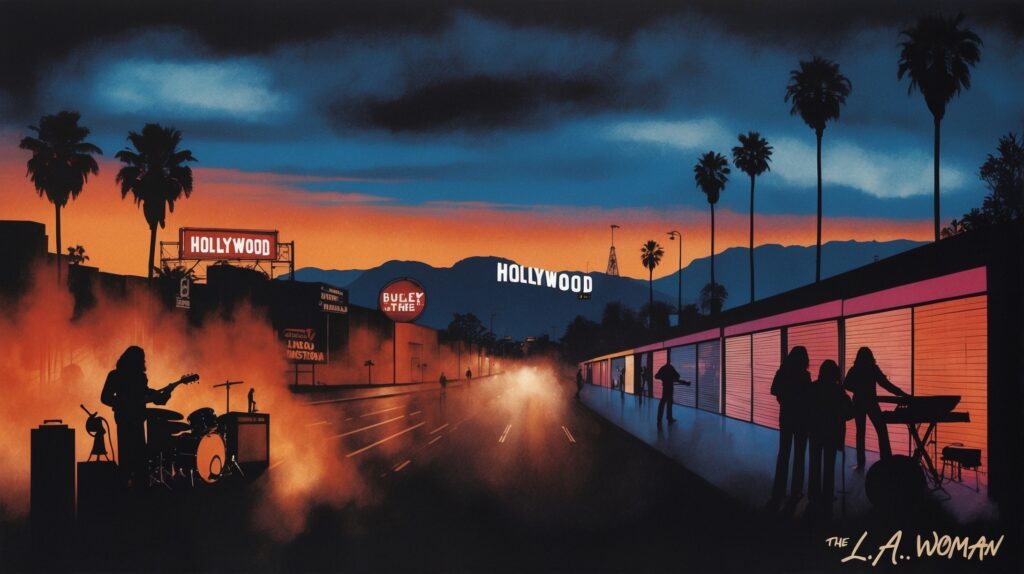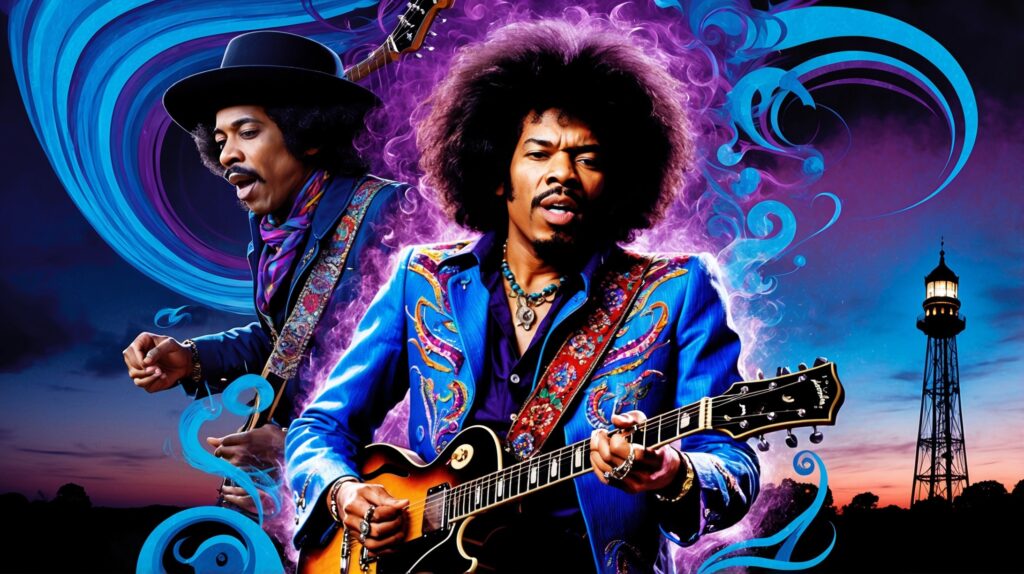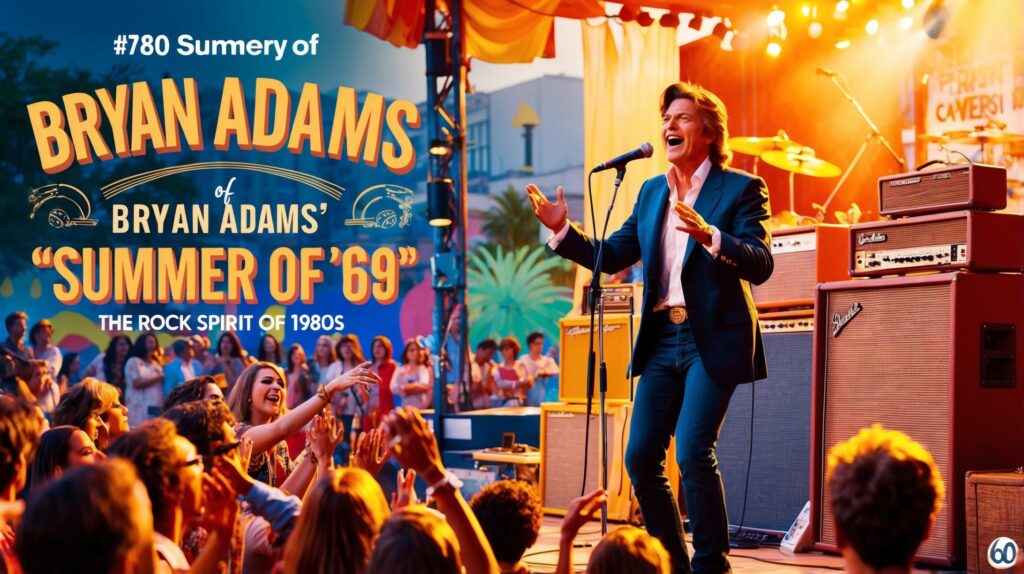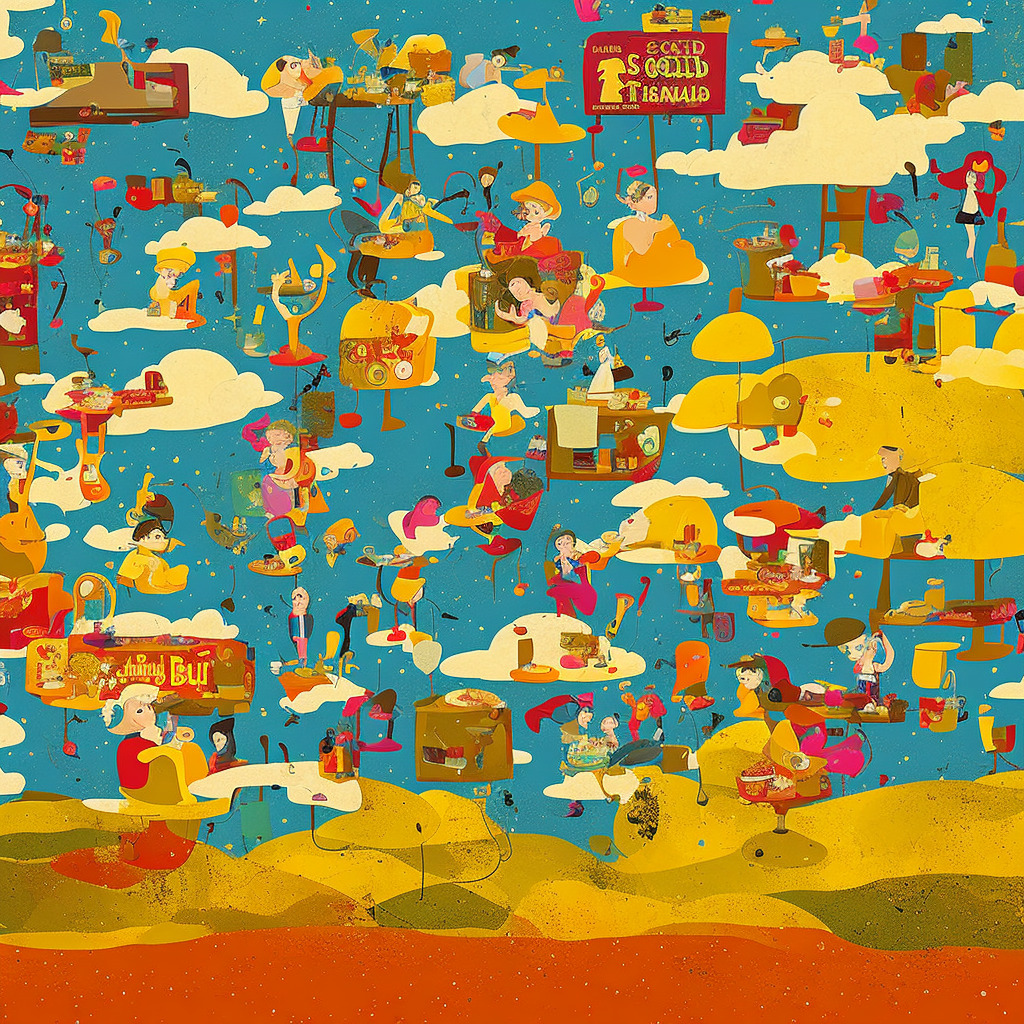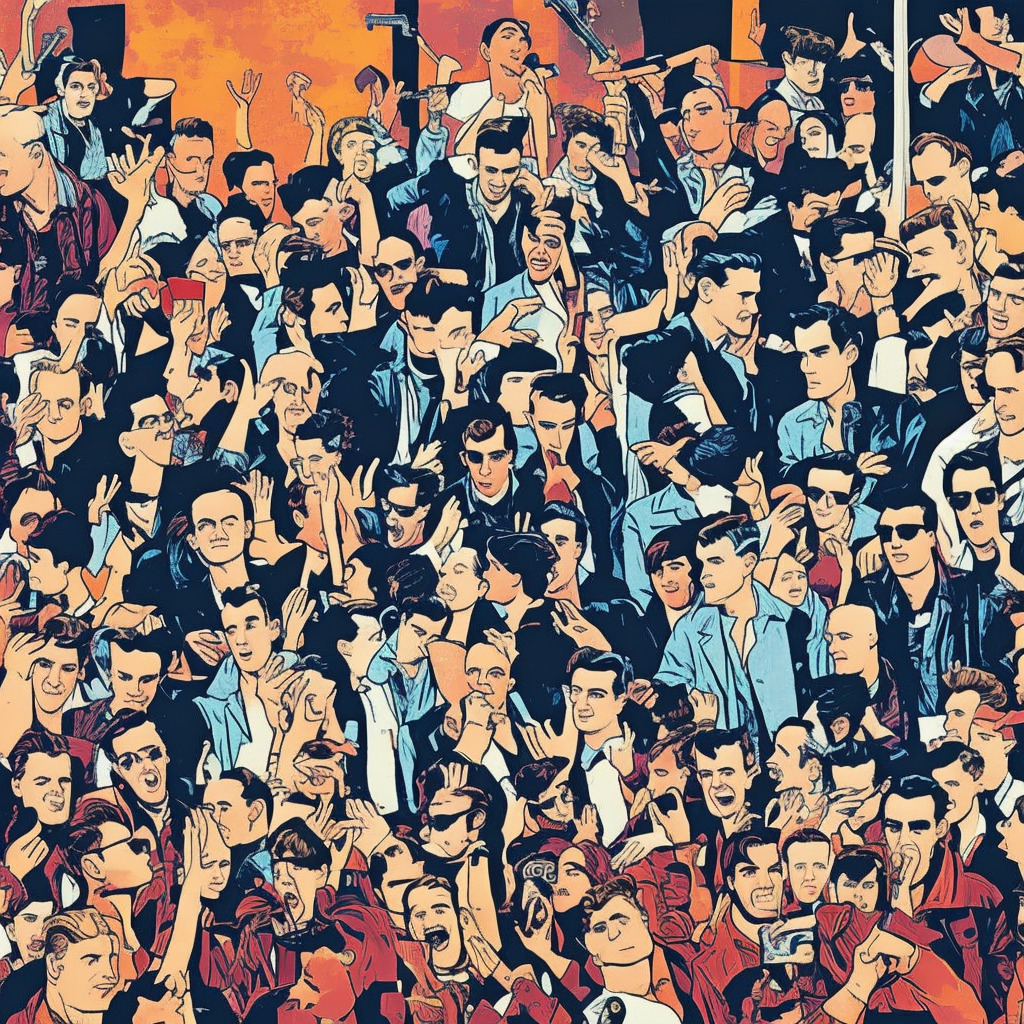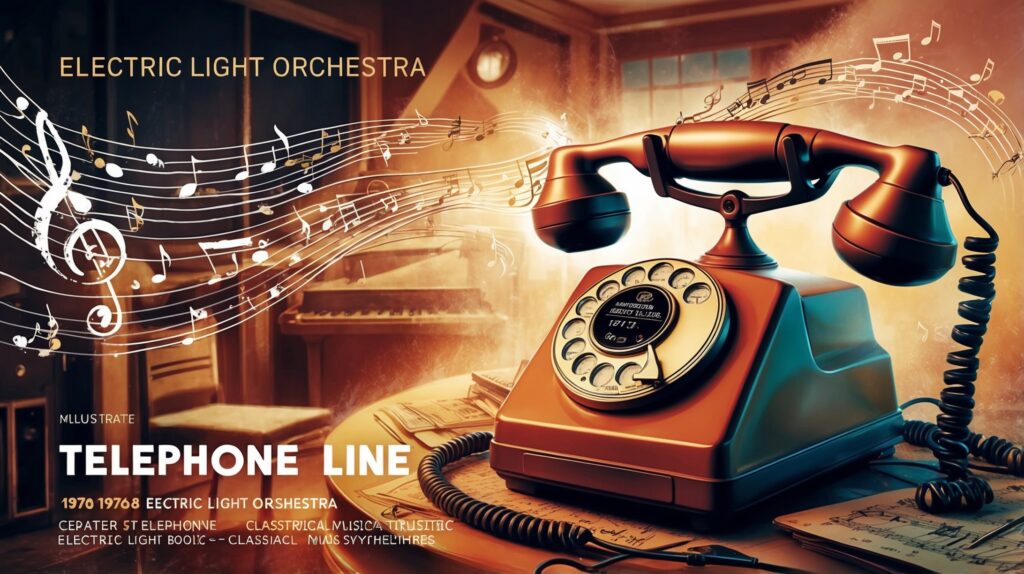The Doors | L.A. Woman
Exploring The Doors: Legendary Pioneers of Psychedelic Rock
Discover the legendary journey of The Doors, the iconic pioneers of psychedelic rock, as they redefined music with their unique artistry. Explore their rise, their influence, and the era of their masterpiece, ‘L.A. Woman’.
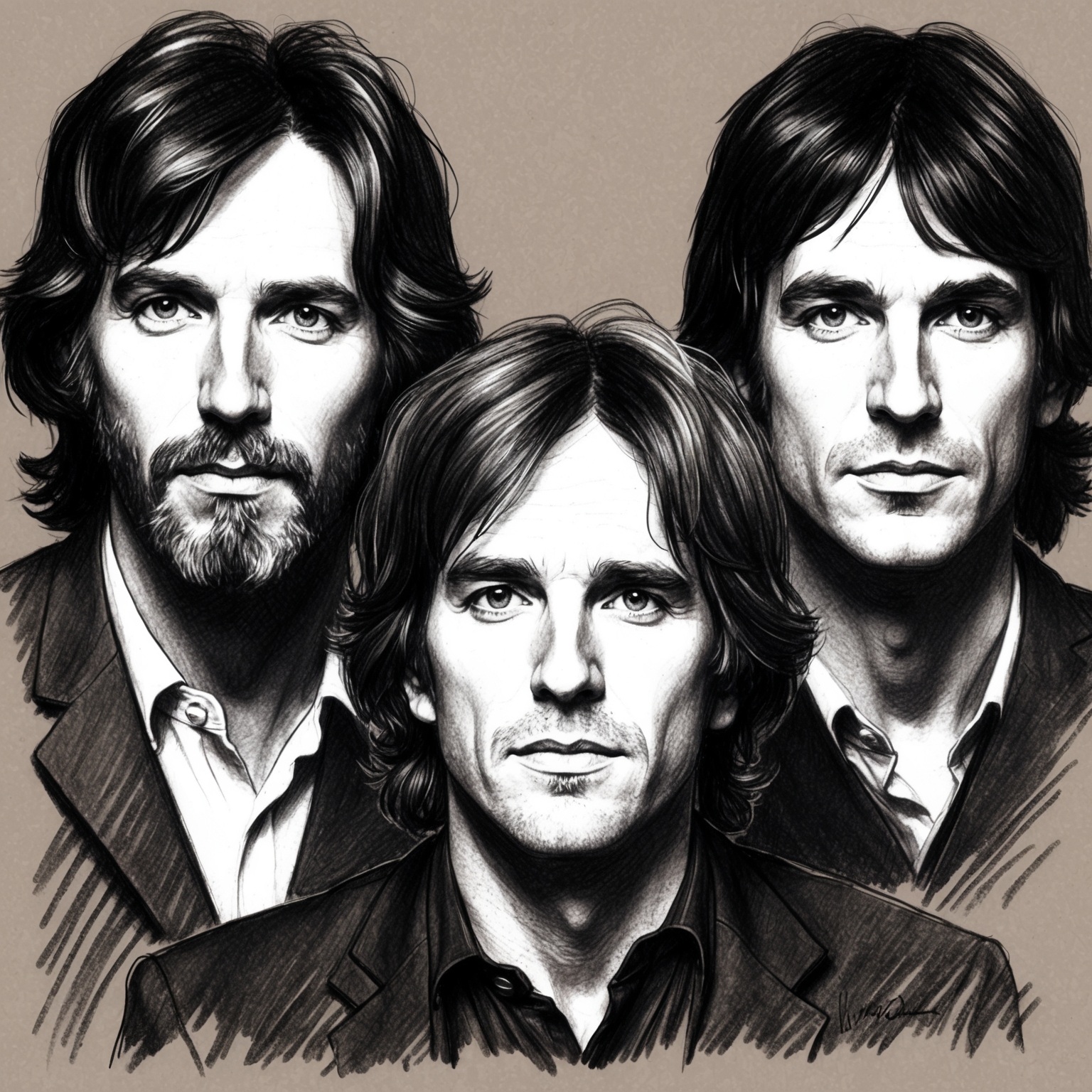
In the pantheon of rock music, few bands have left as indelible a mark as The Doors. Formed in Los Angeles in 1965, their impact went far beyond their chart successes. The lead singer, Jim Morrison, with his captivating charisma and poetic lyrics, along with keyboardist Ray Manzarek, guitarist Robby Krieger, and drummer John Densmore, collectively wove a unique and rebellious soundscape that defined a generation. “L.A. Woman,” the title track from their final album with Morrison, encapsulates the raw energy and introspective depth the band was renowned for.
As a band, The Doors were trailblazers at a time when the music scene was rife with experimentation. The mid to late 1960s saw the rise of psychedelic rock, and The Doors were at the forefront, challenging conventions and daring to mix poetry with rock in a way few had done before. Jim Morrison’s background as a film student at UCLA, with an extensive interest in poetry and literature, influenced the lyrical depth and narrative style that gave their music a distinctive edge. By the time “L.A. Woman” was released in 1971, The Doors had already cemented their place in rock history as innovative artists unafraid to push boundaries.
During the era of “L.A. Woman,” The Doors were both celebrated and controversial. Known for their theatrical live performances and Morrison’s unpredictable stage presence, the band captivated audiences. However, behind the scenes, the creative process was collaborative yet intense, with each member contributing to the overall sound. The song “L.A. Woman” itself emerged from these sessions as a gritty homage to the city that had both inspired and tortured Morrison, and it stands as a testament to the band’s robust synergy and artistic integrity.
Unveiling the Mastermind Behind ‘L.A. Woman’
Explore the collaborative genius of The Doors in the composition of ‘L.A. Woman,’ highlighting Ray Manzarek’s distinctive keyboard style and Robby Krieger’s innovative guitar work.
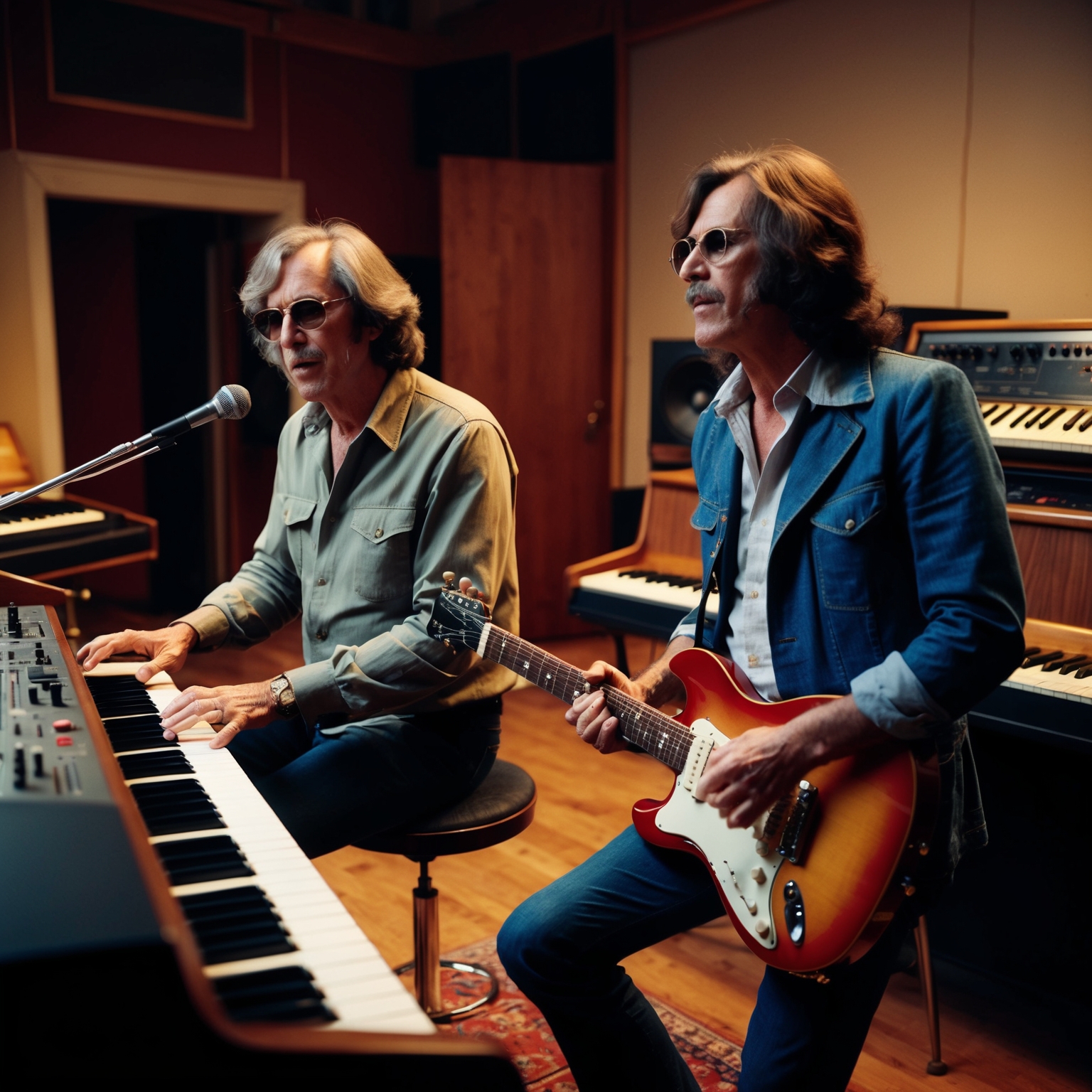
The iconic track ‘L.A. Woman’ by The Doors showcases the unique talents of the band members, who collectively contributed to its composition. While The Doors functioned as a group with shared responsibilities, individual members brought their own distinct influences and talents to the piece. The song encapsulates the essence of the Los Angeles landscape and counterculture of the early 1970s, with its composition serving as both a tribute and an exploratory journey through the city’s notorious streets.
The Doors’ sound was significantly shaped by their keyboardist, Ray Manzarek. Trained in classical piano and influenced deeply by jazz and blues, Manzarek brought a sophisticated yet accessible sound to the band. His keyboard work is a trademark of The Doors’ style, offering both harmonic depth and infectious rhythm. The elaborate organ solos and distinct bass lines, such as the ones found in ‘L.A. Woman,’ highlight his contributions to the band’s signature sound.
Another crucial figure in the song’s creation was Robby Krieger, the band’s guitarist. Known for his fusion of flamenco and blues styles, Krieger contributed to the gritty and raw edge of ‘L.A. Woman.’ His guitar work added layers of texture and energy, enhancing the song’s mood and emotional narrative. The interplay between Krieger’s guitar riffs and Manzarek’s keyboard melodies exemplifies the collaborative genius that each member of The Doors brought to their work.
The Legacy of ‘L.A. Woman’: Awards, Covers, and Pop Culture Impact
Discover the far-reaching acclaim of ‘L.A. Woman’ by The Doors, a song renowned for its timeless influence, notable covers, and significant pop culture impact.
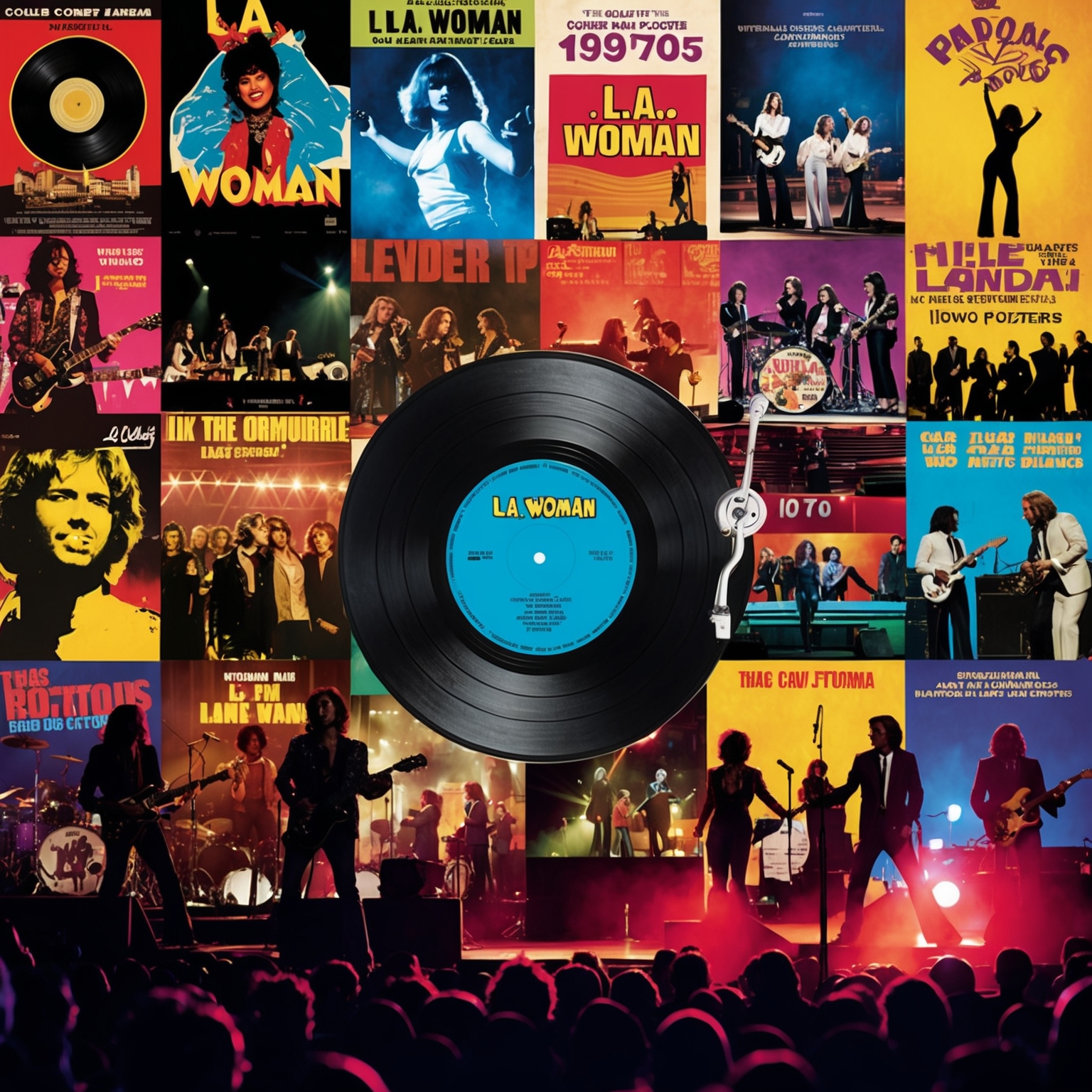
Award-Winning Presence
The impact of The Doors’ iconic track “L.A. Woman” is not only felt in its timeless appeal but also in the recognition it has garnered over decades. Though not originally a recipient of major music awards upon its release, the song has cemented its status over the years as a quintessential rock classic, earning its place in lists of the greatest songs of all time by various music publications. Its lasting influence demonstrates that sometimes sheer staying power and cultural impact speak louder than trophies.
A Chorus of Echoes: Notable Covers
“L.A. Woman” has resonated with artists across diverse genres, inspiring numerous covers that pay homage to its raw and evocative vibe. One standout rendition is by Billy Idol, whose unique interpretation brought a punk rock edge to the classic track. Furthermore, the song has been graced by performances from Iggy Pop, echoing its enduring appeal to rebellious spirits. These covers not only honor the original but also introduce “L.A. Woman” to new generations of listeners.
Soundtrack to Stories: Cultural Footprint
The song’s gritty allure makes it a perfect fit for the world of cinema and television. “L.A. Woman” has appeared in various movies and TV shows, further cementing its role as a cultural touchstone. The track’s immersive atmosphere has the ability to enhance atmospheric storytelling, showcasing its vivid energy and narrative depth. Its inclusion in soundtracks and playlists exemplifies its versatility and timeless nature, serving as a bridge between the rock era of the 70s and today’s audiences.
Chart Trajectory and Impact of ‘L.A. Woman’
L.A. Woman’ climbed the charts upon release, securing The Doors’ legacy despite fierce competition and adding to their already iconic repertoire.
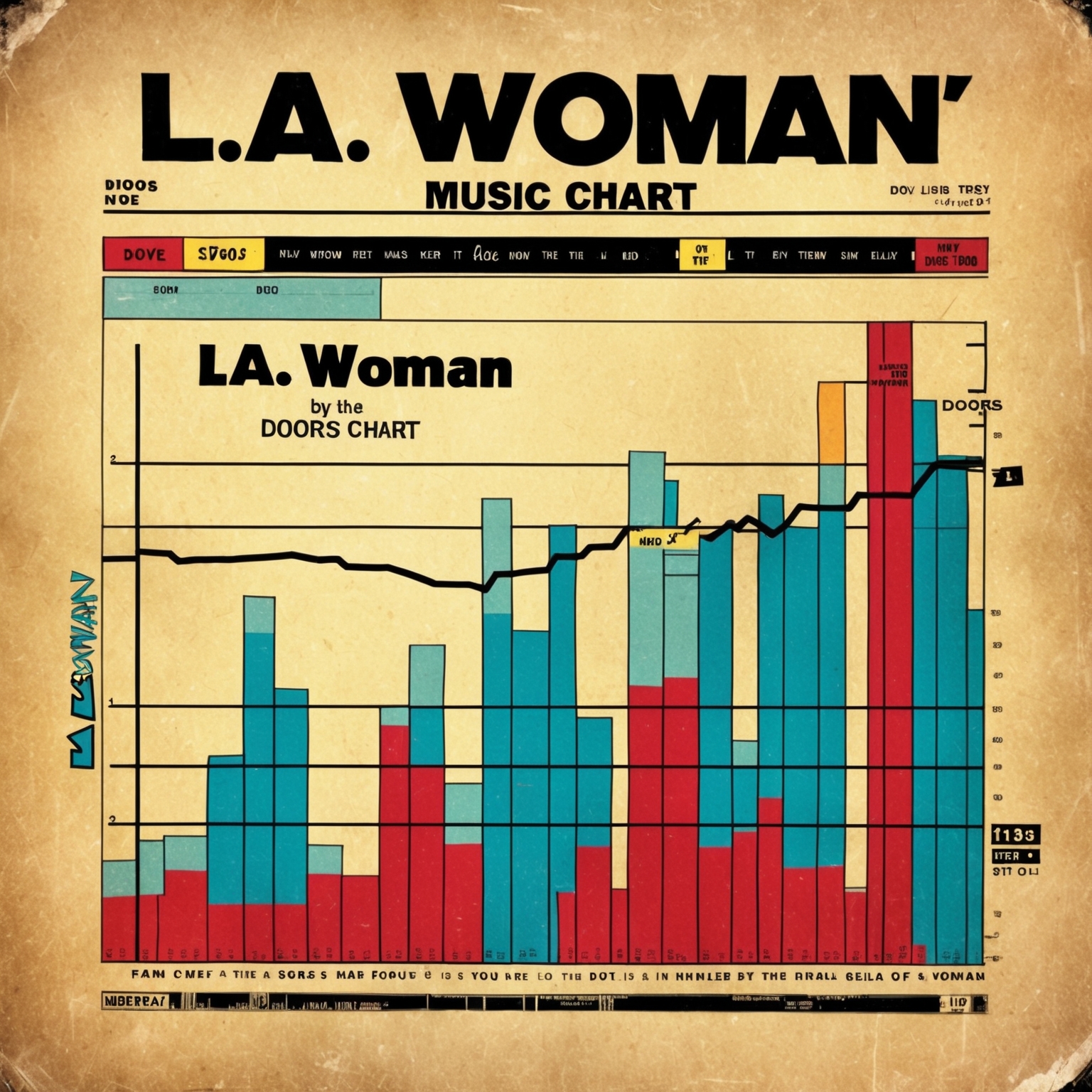
When ‘L.A. Woman’ was released in April 1971, it marked a significant moment in the illustrious career of The Doors. The song, an embodiment of the band’s raw and unfiltered rock essence, quickly resonated with fans. Upon its release, ‘L.A. Woman’ climbed the charts, reflecting its immediate acceptance by audiences who gravitated towards its edgy sound and compelling narrative. Initially, the song did not shoot to the very top of the Billboard Hot 100, but it secured a respectable place, illustrating the power of The Doors’ dedicated fanbase and the enduring allure of their music during that era.
In comparison to other tracks on the charts at the time, ‘L.A. Woman’ held its own, carving out a niche despite fierce competition from other prevailing rock and pop acts. Its success was further amplified by The Doors’ established reputation as pioneers in the rock genre. For a band that had already reached stardom with hits like ‘Light My Fire’ and ‘Riders on the Storm’, ‘L.A. Woman’ solidified their standing as iconic harbingers of rock music. It wasn’t a breakout single, following the critical and commercial success of earlier releases, but it certainly added to their impressive repertoire.
The promotional strategy for ‘L.A. Woman’ was multifaceted. Leveraging radio play and magazine features typical of that era, Elektra Records ensured that the song became a staple for rock enthusiasts. Additionally, public performances and interviews served to cement its status. Critically, ‘L.A. Woman’ was well-received, with praise for its gritty lyrics and the band’s signature sound. Although it didn’t win awards on its own, its presence on the album of the same name sparked dialogues on the raw and bluesy direction The Doors had taken. The cultural impact of ‘L.A. Woman’ is lasting, often regarded as an anthem reflecting the collective spirit and spontaneity of Los Angeles life. Even decades later, its presence on streaming platforms demonstrates its ongoing appeal, reaching newer generations and ensuring The Doors’ influential legacy in music history.
Exploring Visual Interpretations of ‘L.A. Woman’
While ‘L.A. Woman’ lacks an official music video, its powerful legacy thrives through fan-made projects and live performance footage that visually capture the spirit of The Doors.
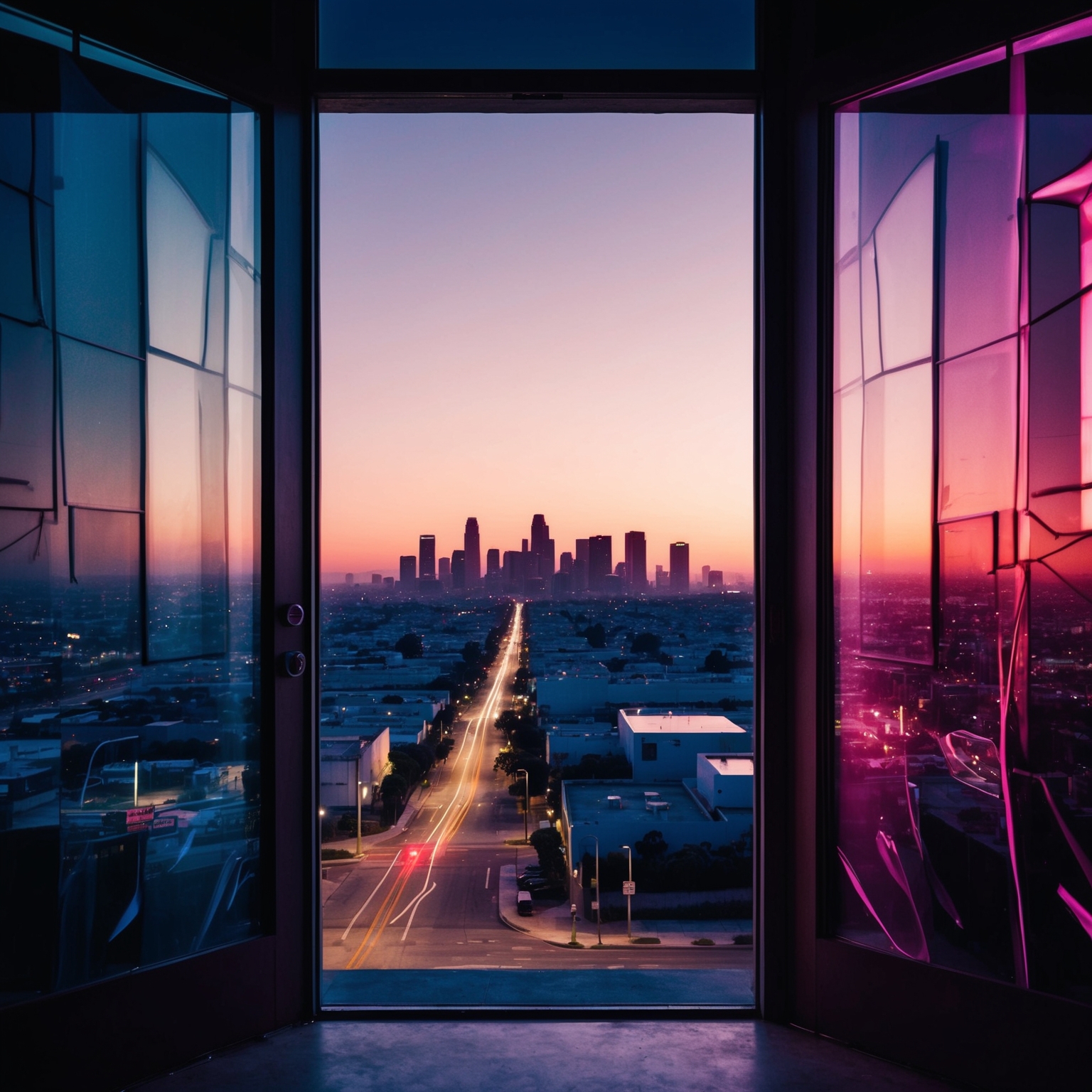
The Doors, iconic for their musical innovation and deeply enigmatic presence, unfortunately did not produce an official music video for their celebrated track “L.A. Woman.” Released at a time when music videos were not the promotional tools they are today, the song relies instead on its raw energy and vivid storytelling to captivate audiences. Despite this, visual interpretations abound, capturing the spirit of the song through various fan-made videos, live performances, and even tributes.
The mystique of Jim Morrison and the evocative lyrics of “L.A. Woman” have inspired numerous fan videos that have contributed to the song’s enduring legacy. These videos often blend psychedelic visuals, classic Los Angeles street scenes, and archival footage of the band, delivering a visceral experience that complements the song’s portrayal of the gritty, yet glamorous, side of Los Angeles. The creativity and passion embedded in these projects have forged a visual narrative that, though unofficial, feels authentically aligned with the band’s ethos.
Live performances provide another window into the visual world of “L.A. Woman.” One such memorable performance aired on PBS’s “Soundstage” in 1980, featuring the surviving members of the band playing along with lost recordings of Morrison. This unique setup brought a haunting yet vibrant intensity to the song, adding layers to the viewers’ understanding of The Doors’ timeless appeal. Critically, these interpretations are celebrated for maintaining the essence of the track while showcasing the band’s dynamic live presence.
Unraveling the Musical Tapestry of ‘L.A. Woman’
L.A. Woman’ boasts a blues-inspired chord progression, melding rock and blues themes. Its instrumentation features electric guitar, organ, and a tight rhythm section, showcasing The Doors’ evolution towards a mature sound.
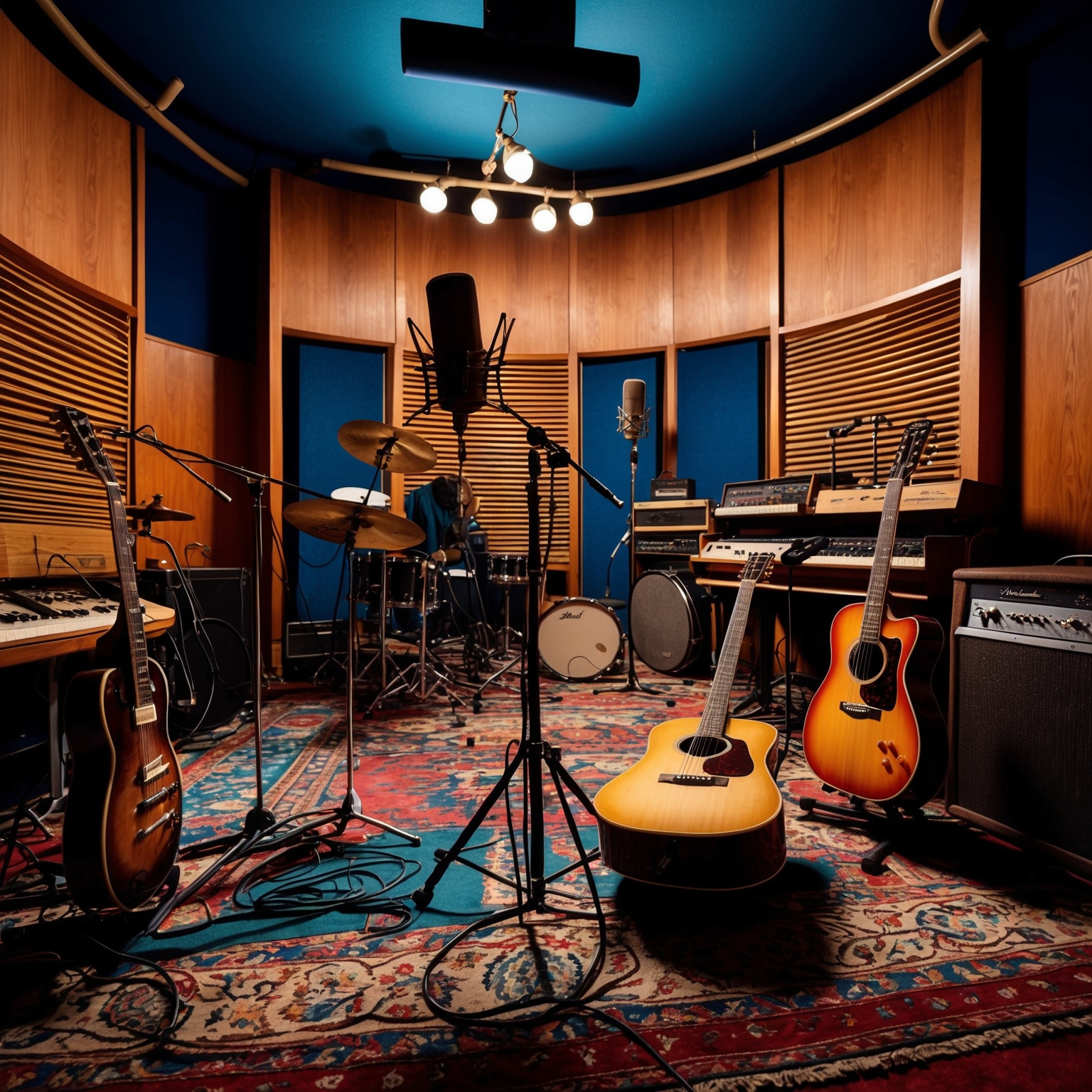
The artistic brilliance of ‘L.A. Woman’ is evident in its striking musical structure. Written in the key of A Major, the song capitalizes on a bluesy chord progression that seamlessly mixes rock with elements of the blues genre. The main chord structure primarily revolves around A, G, and D chords, creating a groovy yet raw sonic atmosphere that is both captivating and engaging. The moderate tempo of approximately 130 beats per minute gives it an energetic drive, making it a staple on rock playlists worldwide.
The melody of ‘L.A. Woman’ is a testament to The Doors’ ability to craft an emotional narrative with instrumentation. The song’s harmony is bolstered by the interplay between the electric guitar and organ, producing a hypnotic soundscape. Notably, the guitar solos are both aggressive and soulful, resonating with the rhythm section to enhance the overall musicality. The rhythm is anchored by a steady drumbeat and bass line, providing a robust foundation for the other instruments to roam freely, delivering an iconic rock performance.
Instrumentally, each member of The Doors contributes to the song’s distinctive sound. The electric guitar riffs, played by Robby Krieger, evoke a sense of urgency while Ray Manzarek’s organ lines create a mystical backdrop. The rhythm is punctuated by John Densmore’s drumming, which maintains an impeccable groove alongside the bass, played by Jerry Scheff. In the context of The Doors’ discography, ‘L.A. Woman’ marks a significant evolution in their sound. Compared to their earlier work, which leaned heavily into psychedelic influences, this song showcases a mature blend of rock and blues, reflecting a more gritty and grounded aesthetic.
Recorded at the Doors Workshop on the Sunset Strip, the production of ‘L.A. Woman’ was helmed by engineer Bruce Botnick after the departure of long-time producer Paul Rothchild. An interesting anecdote from the sessions reveals that Jim Morrison sang his vocals in a bathroom to achieve the desired echo, a technique that added depth and resonance to his distinct voice.
Exploring the Deep Layers of ‘L.A. Woman’ Lyrics
Delve into the depth of The Doors’ iconic “L.A. Woman” lyrics to uncover themes of hope, disillusionment, and the vibrant tapestry of Los Angeles, enlivened by Jim Morrison’s poetic storytelling and literary artistry.
Took a look around, see which way the wind blow
Where the little girls in their Hollywood bungalows
Are you a lucky little lady in the City of Light
Or just another lost angel?City of Night
City of Night
City of Night
City of Night
Woo, come on!L.A. woman, L.A. woman
L.A. woman, Sunday afternoon
L.A. woman, Sunday afternoon
L.A. woman, Sunday afternoon
Drive through your suburbs
Into your blues, into your blues, yeah
Into your blue-blue blues
Into your blues, oh, yeah
I see your hair is burnin’
Hills are filled with fire
…
******* This Lyrics is NOT for Commercial use *******
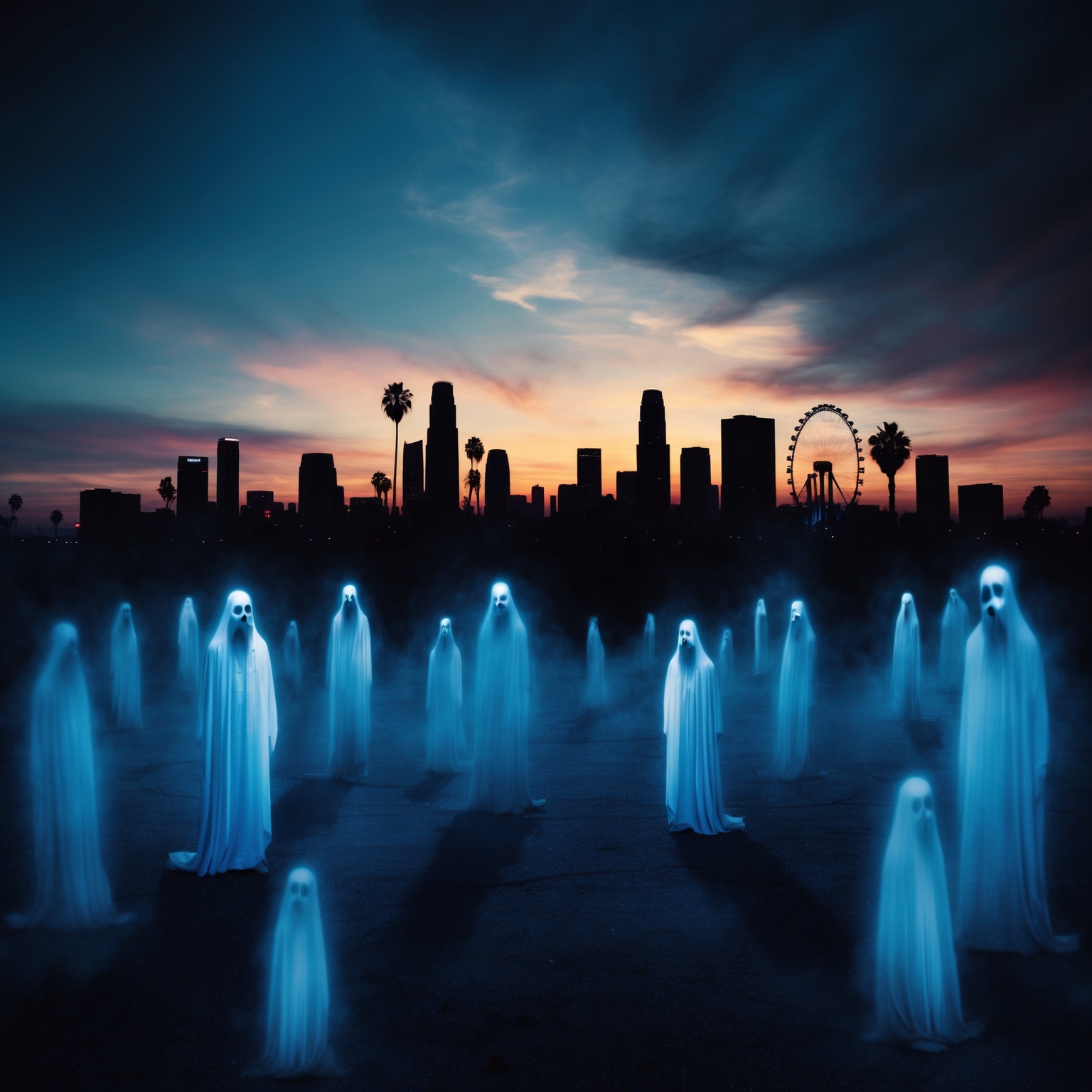 The enigmatic lyrics of “L.A. Woman” by The Doors encapsulate a plethora of themes, ranging from the intoxicating allure of Los Angeles to existential wanderings. Jim Morrison, renowned for his poetic prowess, crafts a narrative that is both a love letter and a cautionary tale about the city of angels. The recurring question – “Are you a lucky little lady in the City of Light / Or just another lost angel?” – beautifully encapsulates the duality of hope and disillusionment that often characterizes the Los Angeles experience. This theme of dichotomy resonates with listeners, reflecting the city’s inherent contradictions.
The enigmatic lyrics of “L.A. Woman” by The Doors encapsulate a plethora of themes, ranging from the intoxicating allure of Los Angeles to existential wanderings. Jim Morrison, renowned for his poetic prowess, crafts a narrative that is both a love letter and a cautionary tale about the city of angels. The recurring question – “Are you a lucky little lady in the City of Light / Or just another lost angel?” – beautifully encapsulates the duality of hope and disillusionment that often characterizes the Los Angeles experience. This theme of dichotomy resonates with listeners, reflecting the city’s inherent contradictions.
The storytelling approach in “L.A. Woman” is predominantly introspective and rooted in a first-person perspective, allowing listeners an intimate glimpse into Morrison’s psyche. The imagery-laden lyrics such as “Drive through your suburbs / Into your blues” evoke a vivid sense of movement and exploration, enhancing the song’s narrative impact. This perspective not only grounds the song in authenticity but also invites listeners to embark on a journey, both literal and metaphorical.
Literary devices are masterfully utilized throughout the song, with Morrison’s deft wordplay imbuing the lyrics with depth and texture. His use of metaphors, as seen in “I see your hair is burnin’ / Hills are filled with fire,” creates a hauntingly beautiful portrait of Los Angeles. Alliteration and rhyme schemes add rhythm and urgency, accentuating the emotions conveyed. These literary tools elevate the song, making it not just a piece of music, but a rich tapestry woven with the threads of rock poetry.
Rock history alert! ? Did you know Jim Morrison recorded L.A. Woman vocals in a bathroom for that epic echo? ?? Dive into the magic of The Doors! #LADreams #RockLegends #TheDoors #FunFact https://bit.ly/4e6a6bu
Click to Tweet

